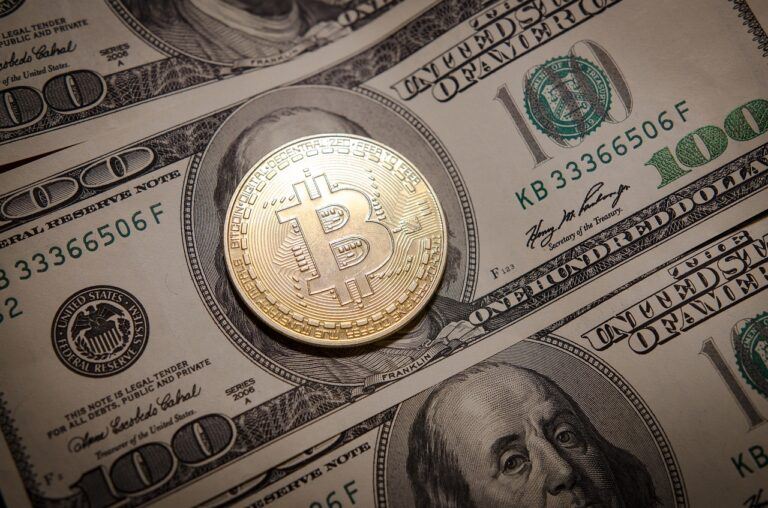This article provides a recap of some of the most interesting recent observations about the Bitcoin network and the Bitcoin price.
Bitcoin Miners — HODLing or Selling Their BTC?
Yesterday (June 6), on-chain market intelligence startup Glassnode said that since the halving miners seem to be HODLing their Bitcoin:
Miners are hodling their $BTC after the halving.
However, this may not necessarily represent bullish sentiment, but rather an inability to recover costs at current prices – #Bitcoin's next price spike could trigger a short-term sell-off.
Read more 👇https://t.co/0wQbAkmQNp pic.twitter.com/RJNUwt5xGa
— glassnode (@glassnode) June 6, 2020
In a blog post published on June 5, Glassnode said that it reached this conclusion after observing that “the number of BTC being sent by miners to exchanges is at its lowest point in over a year.”
Although some might see this HODLing by Bitcoin miners as a bullish indicator, Glassnode says that this HODLing behavior is likely to be only temporary:
“… even though hodling might ordinarily appear to indicate bullish sentiment, in this case the sale of those BTC is almost certainly being only temporarily deferred; the fact remains that miners have to cover their costs – and margins can often be very low, especially after the halving.
“It is therefore more likely that the next meaningful price spike will trigger a sell-off by miners, and that this ‘hodling’ behavior is not long-term.”
Crypto analyst/investor Tuur Demeester, Editor-in-Chief of Adamant Research, agrees with Glassnode with regard to miners currently HODLING, but is more bullish than Glassnode because he believes that it is only “healthy” miners that are doing this:
Healthy bitcoin miners are hodling, and struggling miners have little BTC left to sell. Bullish. https://t.co/MFjaILwLlL
— Tuur Demeester (@TuurDemeester) June 5, 2020
How Bitcoin’s Hash Rate Has Changed Since the Halving on May 11
According to data from Blockchain.com, Bitcoin’s hash rate reached 122.165 EH/sec on May 8 (i.e. three days before the halving). Although Bitcoin’s hash rate dropped as low as 90.293 EH/s on May 26, since then it has recovered to 109.092 EH/sec, which means that since the halving, it has only dropped roughly 10.7%.
Earlier today (June 7), Larry Sermak, Director Research at The Block, tweeted about reasons for this recovery:
Hashrate continues to recover because:
– the diff has now adjusted twice to fully account for the halving
– electricity costs decrease in China (hydro)
– more new-gen miners start coming online
After being down as much as 30% after the halving, it's now down less than 10% pic.twitter.com/N9q9FxGYwt
— Larry Cermak (@lawmaster) June 7, 2020
In the above tweet, Sermak mentions that since the halving (on May 11) there have been two adjustments to Bitcoin’s mining difficulty, which is programmatically/automatically adjusted every 2,016 blocks, i.e. roughly every two weeks, in order to make sure a new block is mined on average every 10 minutes.
The first drop negative adjustment occurred on May 20 and the second consecutive negative adjustment since the halving, which took place last Thursday (June 4) at block height 633,024, changed the mining difficulty to 13.7 trillion.

Amount of Bitcoin Held on Centralized Exchanges
Another data point that could indicate bullish sentiment is that, according to Glassnode, Bitcoin balanceson on centralized crypto exchanges have just reached a one-year low of 2,310,466.600 BTC:
📉 #Bitcoin $BTC Balance on Exchanges just reached a 1-year low of 2,310,466.600 BTC
Previous 1-year low of 2,313,098.855 BTC was observed on 03 June 2020
View metric:https://t.co/9vOOAmwh32 pic.twitter.com/7nP4S5O7Yc
— glassnode alerts (@glassnodealerts) June 7, 2020
Bitcoin’s Price Action
According to data from CryptoCompare, currently (as of 11:48 UTC on June 7), Bitcoin is trading at $9,590, down 1% in the past 24-hour period, which means that this is the fifth consecutive day on which Bitcoin has remained below the $10K level:

The good news is that in the year-to-date (YTD) period, Bitcoin is up 33.50%.

On June 4, Simon Dedic, a co-founder of crypto-focused research boutique Blockfyre, said that he expected the next major crypto bull run to take Bitcoin’s price way past its previous all-time high ($16,461) — reached on 14 December 2017 — and all the way to $150,000:
In 2017, you could have bought literally any alt and it was a good investment.
Imo this won’t happen again.
However, I still believe that the bull run will return, pumping the few solid alts out there.
Predictions:$BTC $150k$ETH $9k$LINK $200$BNB $500$VET $1$XTZ $200
— Simon Dedic (@scoinaldo) June 4, 2020
Featured Image by “petre_barlea” via Pixabay.com








